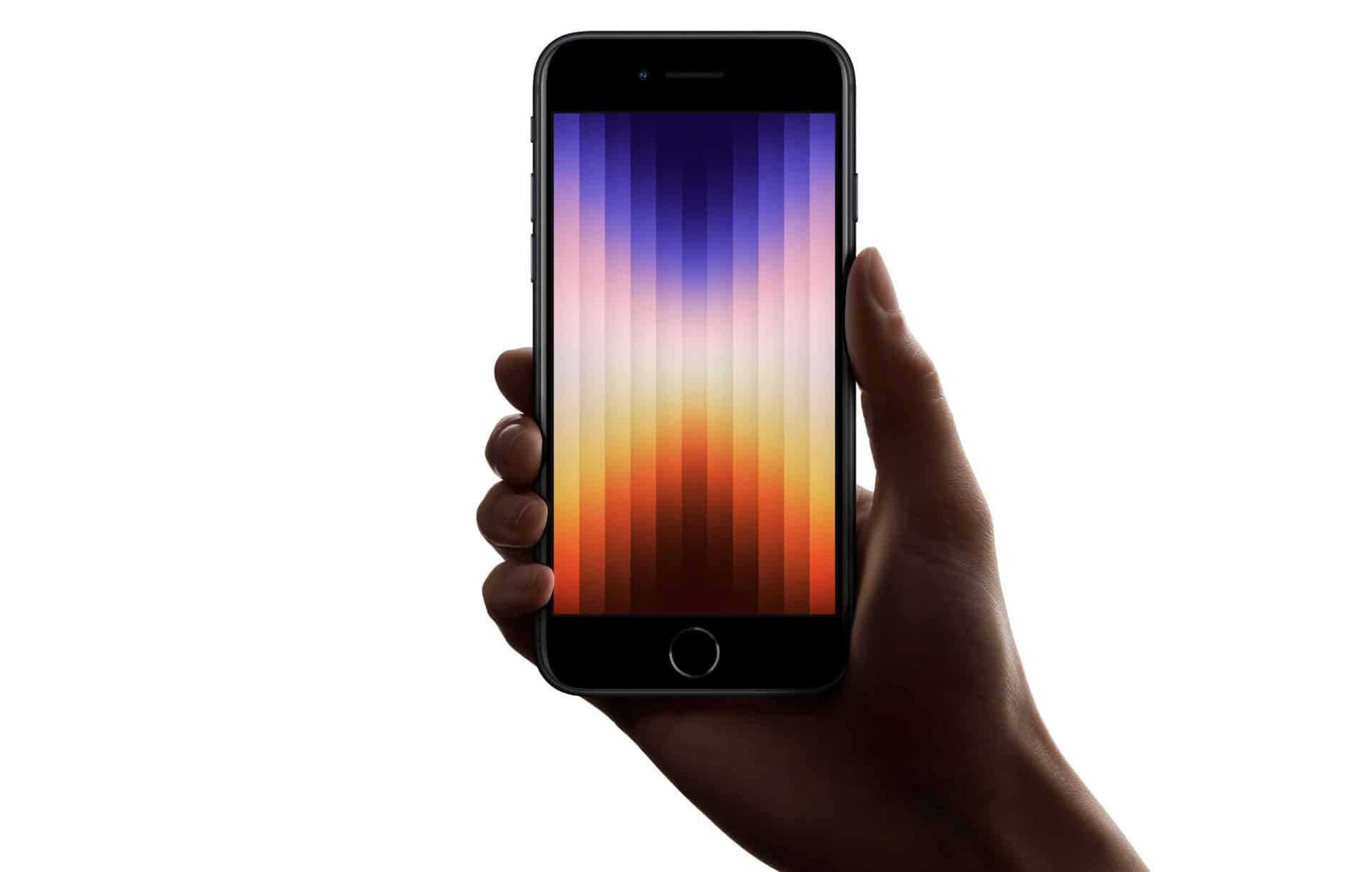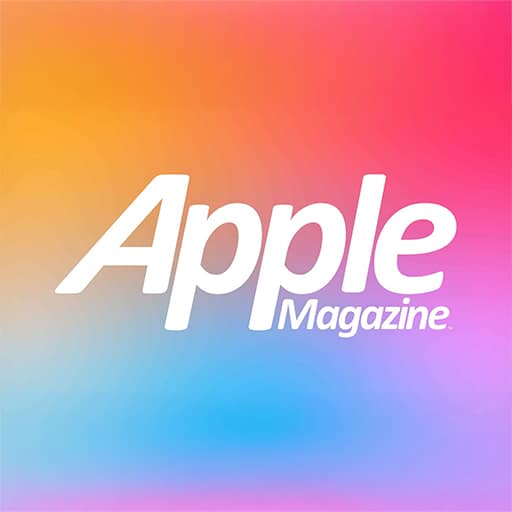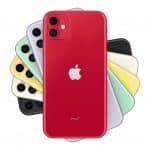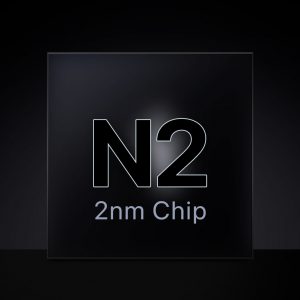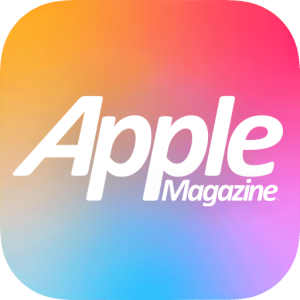Apple’s SE lineup represents a unique offering: a fusion of affordability and power. Since its inception in 2016, the iPhone SE has appealed to users who value Apple’s technology but prefer smaller devices or a more budget-friendly option.
The iPhone SE 3, released in 2022, introduced 5G connectivity while maintaining the familiar home button design. With the iPhone SE 4, Apple is set to redefine the mid-tier market once again.
Competing in a market dominated by midrange Android devices, the iPhone SE stands out with its seamless integration into Apple’s broader network, ensuring unmatched user experiences and support.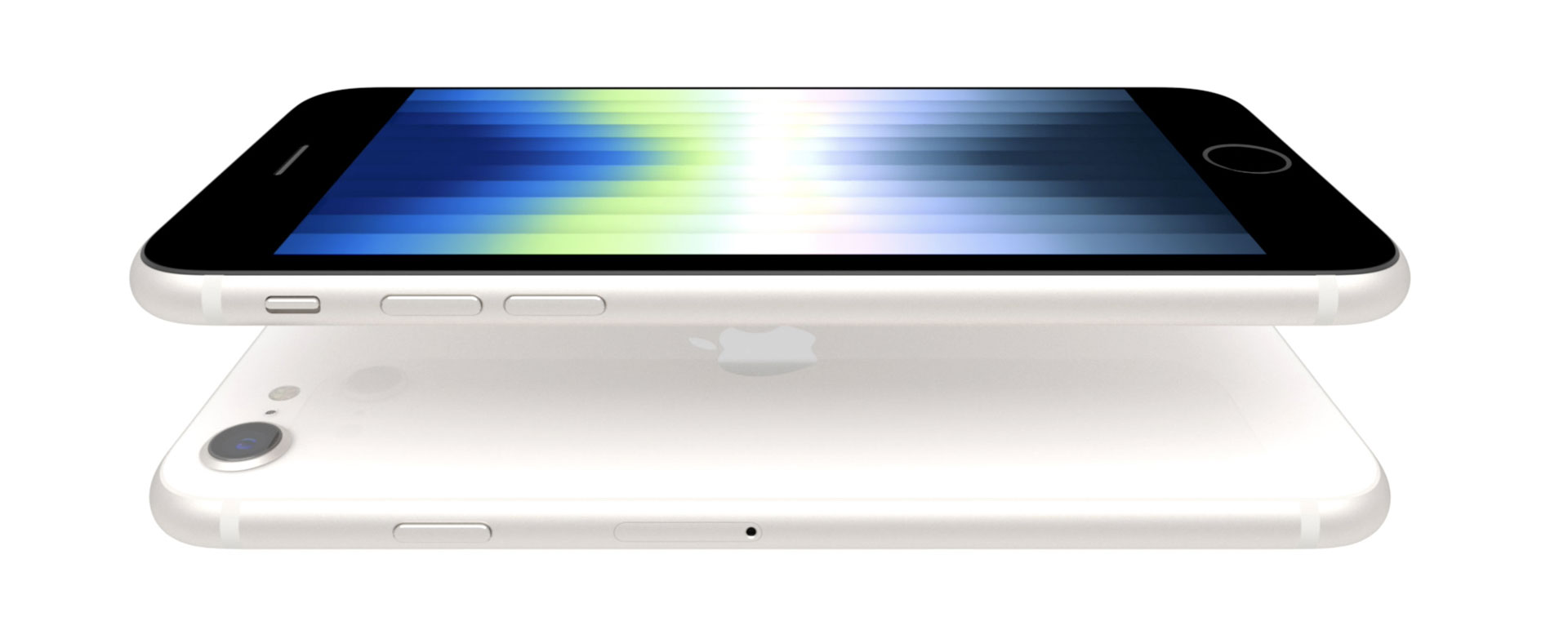
Design and Display: What’s Changing?
Rumored Aesthetic Overhaul
The iPhone SE 4 is expected to receive a significant design update. Leaks suggest a departure from the classic home-button look, aligning the SE more closely with the iPhone XR or iPhone 12. This means edge-to-edge displays, Face ID, and modern aesthetics.
Larger OLED Screen
A move to a 6.1-inch OLED display could mark a turning point for the SE series. Users would gain a better visual experience, from sharper images to more vibrant colors. Such upgrades align with Apple’s broader strategy of enhancing hardware even in its entry-level devices.
Hardware Expectations for the iPhone SE 4
Powerful A-Series Chipset
Reports suggest that the iPhone SE 4 will feature the A16 Bionic chip, currently powering the iPhone 15 lineup. This ensures high performance, longer software support, and better power efficiency.
Enhanced Battery Life
Thanks to improved energy management in the A16 chip, users can expect longer battery life despite the addition of more demanding features like a larger display.
Improved Camera System
Apple is rumored to equip the iPhone SE 4 with a single-lens camera setup similar to the iPhone XR, but with software improvements for computational photography. This includes night mode, enhanced portrait features, and Smart HDR.
Connectivity: 5G and Beyond
Full 5G Compatibility
As with the SE 3, the iPhone SE 4 will support 5G, ensuring fast downloads, smooth streaming, and reliable connectivity for the foreseeable future.
USB-C Transition
Apple is expected to replace the Lightning port with USB-C across its entire lineup, including the iPhone SE 4. This change aligns with new regulatory requirements and enhances compatibility with modern accessories.
Pricing and Market Position
Maintaining Affordability
The iPhone SE series is synonymous with value, and Apple will likely aim for a starting price between $429 and $499. This places it firmly in the mid-tier market, appealing to those who want flagship performance without the premium price tag.
Competing Devices
The SE 4 will face competition from Android devices like Google’s Pixel 7a and Samsung’s Galaxy A54. However, Apple’s focus on long-term software support and integration gives it an edge.
Why the iPhone SE 4 Release Date Matters
Strategic Timing
Apple’s traditional release schedules suggest the iPhone SE 4 could arrive in the first half of 2025, possibly in March. This timing allows the SE to bridge gaps in Apple’s yearly launch calendar and sustain market momentum.
Impact on the Mid-Tier Market
By launching early in the year, the iPhone SE 4 can dominate headlines and outpace competitors in terms of early sales. The new features and updates make it an enticing option for upgraders and new users alike.
User Expectations and Market Demand
Balancing Nostalgia and Modernity
While many users still appreciate the compactness and home-button design of older SE models, there’s a growing demand for modern aesthetics and features. The iPhone SE 4 seems poised to strike that balance, catering to a wider audience.
Target Audiences
- First-Time iPhone Users: Those seeking an affordable entry into the Apple network.
- Upgraders: Users holding onto older iPhones like the SE 2 or iPhone 7.
- Budget-Conscious Buyers: Individuals wanting premium performance at a reasonable price.
Potential Challenges for the iPhone SE 4
Balancing Cost and Features
Offering flagship features at a mid-tier price is challenging. Apple must carefully balance hardware improvements with manufacturing costs to maintain profitability.
Differentiating from Flagship Models
With its advanced features, the iPhone SE 4 risks cannibalizing sales from more expensive models like the iPhone 15 or 16. Apple must clearly position the SE as a distinct product.
The Future of the iPhone SE Series
Expanding the SE Line
If successful, the SE series could inspire further diversification in Apple’s lineup, with models tailored to specific user needs, such as a gaming-focused SE or one optimized for enterprise use.
Sustainability Efforts
The iPhone SE 4 will likely align with Apple’s environmental goals, featuring recycled materials and energy-efficient components.
The iPhone SE 4 release date marks an important milestone in Apple’s strategy to make premium performance accessible. With its rumored design overhaul, powerful A16 chip, and competitive pricing, the SE 4 promises to be a game-changer for budget-conscious buyers. As we approach 2025, all eyes are on Apple’s next move in redefining the mid-tier smartphone market.
